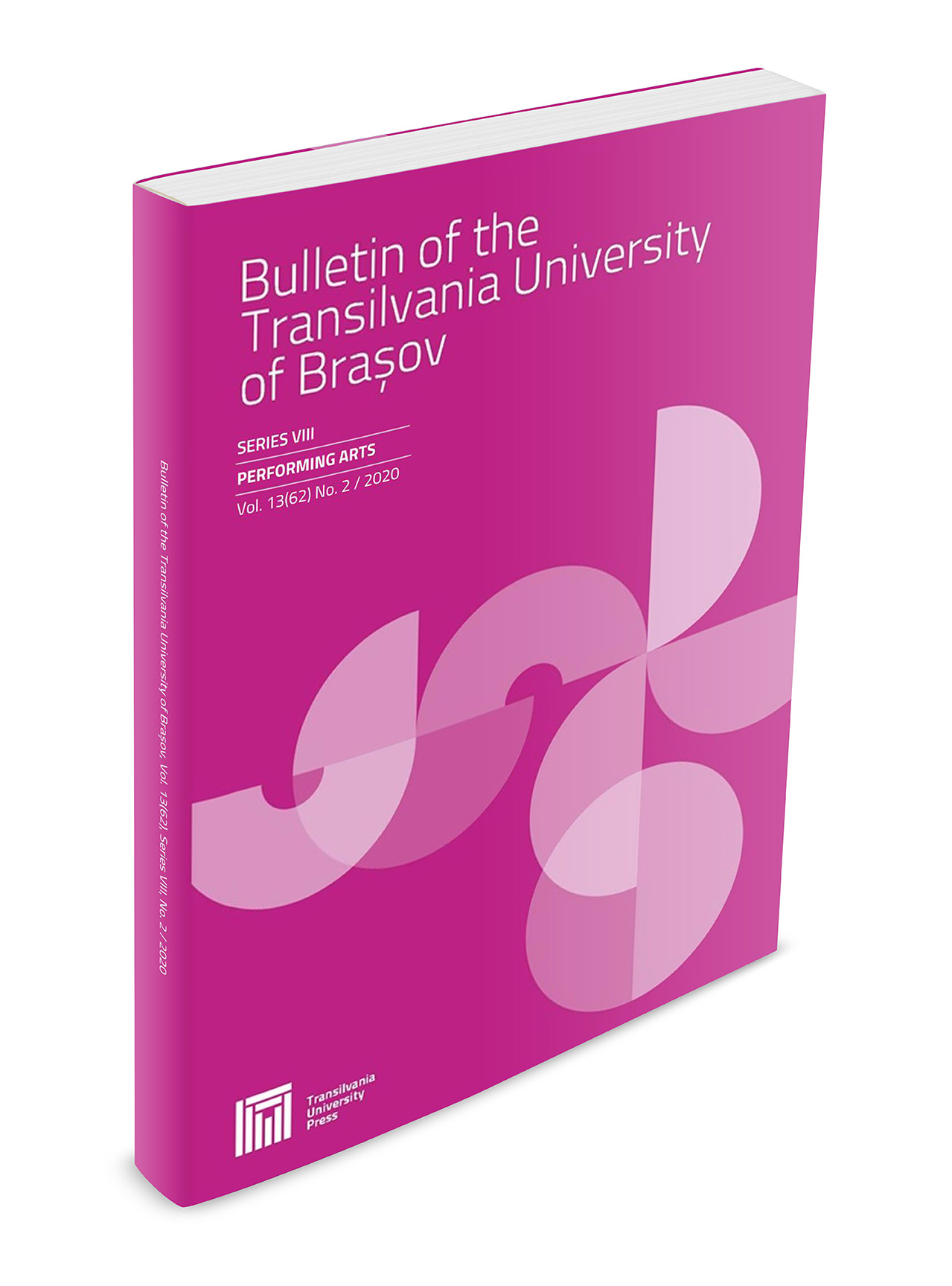Hypostases du cluster dans les œuvres pour orgue de Gyorgy Ligeti
DOI:
https://doi.org/10.31926/but.pa.2021.14.63.3.16Keywords:
Gyorgy Ligeti, cluster, organ, Volumina, Harmonies, CouleeAbstract
The cluster is a constituent part of György Ligeti’s concept of harmony that has crystallized in several stages. Successive accumulations are found in the different periods of creation as an integral part of his compositions. A separate category consists of the three works devoted to the organ. We set out to inventory and classify the types of clusters used by the composer in these works. The first, signed in 1962 and revised in 1969, Volumina, stems directly from the experience of electronic music and is the most radical of them all. Between this and the two organ studies is the Symphonic Poem for 100 Metronomes. Harmonies and Coulée frame Continuum - another Ligetian masterpiece. Contrary to appearances, this organ works have many elements in common. They represent the stages of research on the same problem – the cluster. Together, the three opuses constitute a mini-compendium of compositional and instrumental techniques used in the creation of the following decades.Downloads
Published
Issue
Section
License
Copyright (c) 2021 Bulletin of the Transilvania University of Braşov. Series VIII: Performing Arts

This work is licensed under a Creative Commons Attribution 4.0 International License.




